Huroof Al Muqatta’at (Arabic: الحروف المقطعة), also known as the “disjointed letters”, are unique combinations of Arabic letters that occur only at the beginning of certain chapters of the Quran. They are recited as separate letters, and their full true meanings are known only to Allah. While we may not fully grasp their meaning, their presence reinforces the Quran’s miraculous nature, urging us to recite, reflect, and submit to the wisdom of Allah.
In this article, we will discuss Huroof Al Muqatta’at’s meaning and how many they are in the Quran, as well as how many chapters of the Quran start with them. Then, we will tackle, in some detail, some Tajweed rules which have to do with Huroof Al Muqatta’at. After that, we will try to figure out Huroof Al Muqatta’at’s benefits or the wisdom behind having them in the Quran.
Table of Contents
Huroof Al Muqatta’at’s Meaning
Linguistically, the term “Huroof Al Muqatta’at” means “disjointed letters”. They are some individual letters that are spelled out rather than joined in complete words/phrases. For example, “الٓمٓ” (the Quran, 2:1) is recited as “Alif-Lãm-Mĩm”, while “أَلَمْ” in “أَلَمْ تَرَ كَيْفَ فَعَلَ رَبُّكَ بِأَصْحَـٰبِ ٱلْفِيلِ” (the Quran, 105:1), is recited as “Alam”, which has a meaning in Arabic: “Have you not”.
Unlike English, Arabic (especially Classic Arabic) has no acronyms. Thus, Huroof Al Muqatta’at are not acronyms that stand for something. They represent individual letters that are uttered as separate parts of speech. It is like saying “art” (which is a word in English) as “a:rt”, while saying “ART” (which represents 3 separated letters) as “aih-ar-tee”. The former is a word and the latter is “Huroof Al Muqatta’at”.
How Many Are Huroof Al Muqatta’at In The Quran and In How Many Surahs?
Huroof Al Muqatta’at in the Quran are 14 in total. Each of them consists of 1-5 letters. However, there are 29 Chapters (Surahs) which start with Huroof Al Muqatta’at in the Quran. Please see all of them in the following tables.
Huroof Al Muqatta’at consisting of 1 letter:
Huroof Al Muqatta’at, which consist of 1 letter only, are three: ق, ن and ص. Let’s see where they appear in the Quran.
| Huroof Al Muqatta’at | Quranic text where it appears |
| ص | “صٓ ۚ وَٱلْقُرْءَانِ ذِى ٱلذِّكْرِ”(The Quran, 38:1) |
| ن | “نٓ ۚ وَٱلْقَلَمِ وَمَا يَسْطُرُونَ”(The Quran, 68:1) |
| ق | “قٓ ۚ وَٱلْقُرْءَانِ ٱلْمَجِيدِ”(The Quran, 50:1) |
Huroof Al Muqatta’at consisting of 2 letters:
Huroof Al Muqatta’at, which consist of 2 letters, are four [one of them (حم) is duplicated several times]: حم, يس, طس and طه. Let’s see where they appear in the Quran.
| Huroof Al Muqatta’at | Quranic text where it appears |
| حم | [This Huroof Al Muqatta’at is duplicated 7 times in the Quran, in chapters 40-46] Please see below one of these occurrences: “حمٓ (1) تَنزِيلُ ٱلْكِتَـٰبِ مِنَ ٱللَّهِ ٱلْعَزِيزِ ٱلْعَلِيمِ”(The Quran, 40:1) |
| يس | “يسٓ (1) وَٱلْقُرْءَانِ ٱلْحَكِيمِ”(The Quran, 36:1) |
| طس | “طسٓ ۚ تِلْكَ ءَايَـٰتُ ٱلْقُرْءَانِ وَكِتَابٍۢ مُّبِينٍ”(The Quran, 27:1) |
| طه | “طه (1) مَآ أَنزَلْنَا عَلَيْكَ ٱلْقُرْءَانَ لِتَشْقَىٰٓ”(The Quran, 20:1) |
Huroof Al Muqatta’at consisting of 3 letters:
Huroof Al Muqatta’at, which consist of 3 letters, are four: الم, الر, عسق and طسم. One of them: “الم” is duplicated several times. Let’s see where they appear in the Quran.
| Huroof Al Muqatta’at | Quranic text where it appears |
| الم | [This Huroof Al Muqatta’at is duplicated 6 times in the Quran] Please see below one of these occurrences: “الٓمٓ (1) ذَٰلِكَ ٱلْكِتَـٰبُ لَا رَيْبَ ۛ فِيهِ ۛ هُدًۭى لِّلْمُتَّقِينَ”(The Quran, 2:1) |
| الر | [This Huroof Al Muqatta’at is duplicated 5 times in the Quran] Please see below one of these occurrences: “الٓر ۚ تِلْكَ ءَايَـٰتُ ٱلْكِتَـٰبِ ٱلْحَكِيمِ”(The Quran, 10:1) |
| عسق | “عٓسٓقٓ (1) كَذَٰلِكَ يُوحِىٓ إِلَيْكَ وَإِلَى ٱلَّذِينَ مِن قَبْلِكَ ٱللَّهُ ٱلْعَزِيزُ ٱلْحَكِيمُ”(The Quran, 42:2) |
| طسم | [This Huroof Al Muqatta’at is duplicated 2 times in the Quran] Please see below one of these occurrences: “طسٓمٓ (1) تِلْكَ ءَايَـٰتُ ٱلْكِتَـٰبِ ٱلْمُبِينِ”(The Quran, 26:1) |
Huroof Al Muqatta’at consisting of 4 letters:
Huroof Al Muqatta’at, which consist of 4 letters, are two: المص and المر. Let’s see where they appear in the Quran.
| Huroof Al Muqatta’at | Quranic text where it appears |
| المص | “الٓمٓصٓ (1) كِتَـٰبٌ أُنزِلَ إِلَيْكَ…”(The Quran, 7:1) |
| المر | “الٓمٓر ۚ تِلْكَ ءَايَـٰتُ ٱلْكِتَـٰبِ …”(The Quran, 13:1) |

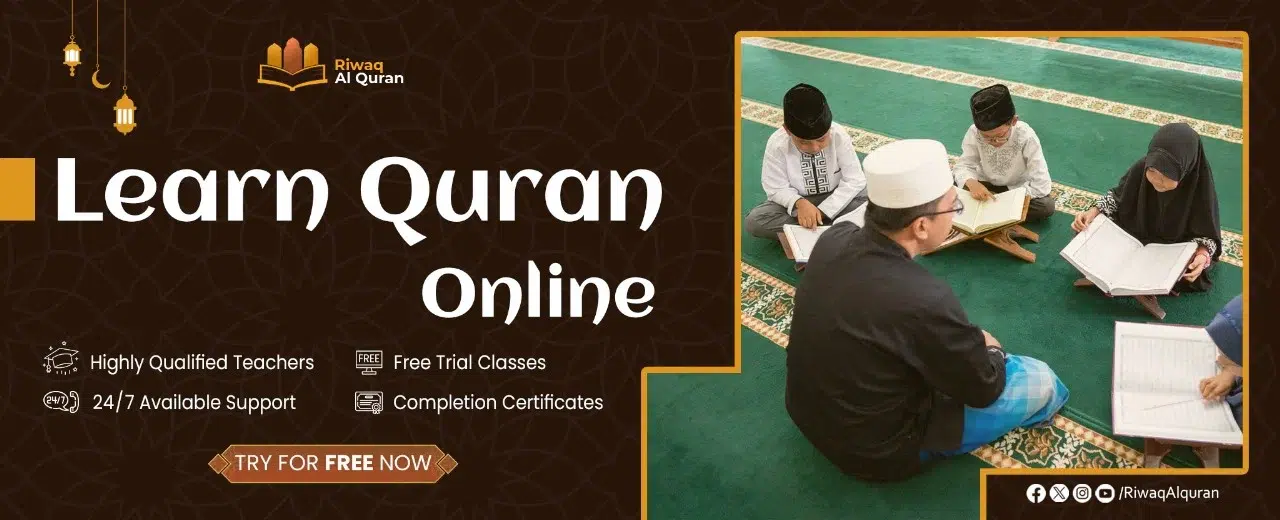
Huroof Al Muqatta’at consisting of 5 letters:
Huroof Al Muqatta’at, which consists of 5 letters is only one: كهيعص. Let’s see where it appears in the Quran.
| Huroof Al Muqatta’at | Quranic text where it appears |
| كهيعص | “كٓهيعٓصٓ (1) ذِكْرُ رَحْمَتِ رَبِّكَ عَبْدَهُۥ زَكَرِيَّآ”(The Quran, 19:1) |
Read Also: Makhraj Huruf
Tajweed Rules For Huroof Al Muqatta’at
While the exact meanings of Huroof Al Muqatta’at are known only to Allah, their proper recitation is essential in Tajweed, ensuring each letter is pronounced with correct Makhārij (articulation points) and Ṣifāt (characteristics). Please see below some Tajweed rules for Huroof Al Muqatta’at.
1- Madd (Enlogation):
For Madd, Huroof Al Muqatta’at are divided into three categories, each with a certain ruling. Please see the worksheet below.
| 1 letter:ألِف (Alif) | 5 letters:حَا – يَا – طَا – هَا – رَا (Combined in the words: حي طهر) | 8 letters:سين – نون – قاف – صاد – عين – لام – ميم – كاف(Combined in the words: سنقص علمك)(As they are uttered as an individual letter, each of these letters is composed of 3 letters, the middle of which is a Madd letter) |
| Ruling:There is no Madd. | Ruling:Normal Madd for two Harakat | Ruling:Obligatory Madd for six Harakat in the Madd letter [the letter that is underlined], except for the Madd of Yaa (ي) in عين, which can be 4 or 6 Harakat, because it is Madd that is like Madd Leen. |
| Symbol in the Quran:No symbol | Symbol in the Quran:A little wave [~] sign above the letter | Symbol in the Quran:A little wave [~] sign above the letter |
2- Tafkheem And Tarqeeq:
Tafkheem (تفخيم) and Tarqeeq (ترقيق) are very important to observe when reciting Huroof Al Muqatta’at. For example, in the Huroof Al Muqatta’at “طه”, the first letter has Tafkheem, which means that its sound is fuller or more resonant, while the second letter “هـ” has Tarqeeq, which means that its sound is thin.
3- Qalqala:
Qalqalah is the bouncing back of the sound. This ruling needs to be implemented when reciting the Huroof Al Muqatta’at. For example, “ص” is recited as “صَاد”. The last letter “د” must have Qalqalah.
4- Idgham:
Idgham means to inter a sound into another sound. It must be implemented as well if the Huroof Al Muqatta’at have any of the Idgham letter preceded by Noon (ن) that is Sakinah. For example, in “طسم”, the second letter “س”, which is spelled out as 3 letters “سين” ends with a Noon Sakinah, which is followed by a Meem (م) [Meem is one of the Idgham with Ghunnah letters]. So to recite “طسم” correctly, the Noon sound (ن) of “سين” is dropped and a Ghunnah is made.
Read Also: Sifaat Al Huroof In Tajweed
Huroof Al Muqatta’at Benefits
Muslim scholars differ in their views on Huroof Al Muqatta’at, proposing multiple explanations for their role in the Quran. Below are the four most famous arguments for them.
1. Divine Secret – Known Only To Allah:
While many theories exist, the dominant Islamic view is that the full meaning of Huroof Al Muqatta’at is a divine secret. This is the strongest argument. Most Muslim scholars view that Huroof Al Muqatta’at are a mysterious aspect of the Quran, and their full meaning is not explicitly explained in the Quran or Hadith and only Allah knows their true meaning and purpose (Ghayb).
Evidence:
No authentic Hadith directly explains their meaning, suggesting their mysterious nature.
2- Huroof Al Muqatta’at Stresses The Oral Tradition Of The Quran:
Prophet Muhammad (peace be upon him) was an unlettered (ummi) Arab who could neither read nor write. While an illiterate person may memorize and recite spoken words, they lack the ability to analyze or comprehend the individual letters comprising those words. For example, such a person might say “a cat” fluently but would be unable to identify its constituent letters—C, A and T—if asked.
Similarly, when the Prophet (peace be upon him) recited the disjointed Arabic letters (Huroof Al Muqatta’at) like Alif (أ), Lām (ل), Mīm (م), this demonstrates he could only have known them through oral tradition, meaning these were said to him and he just repeated what he was told. An illiterate individual, even in their native language, has no means to independently recognize, isolate, or articulate such isolated letters without prior instruction.
Thus, the presence of these disjointed letters in the Quran serves as decisive evidence that Prophet Muhammad (peace be upon him) was not the author of the Quran. Their very presence lies beyond the capacity of an unlettered mind, affirming the Quran’s heavenly origin.
3- A Literary Challenge:
Huroof Al Muqatta’at is a manifestation of the Quranic challenge for all Arabic-speaking people. It is one aspect of the Linguistic Miracle of the Quran.
Huroof Al Muqatta’at (e.g., “الم” [Alif-Lām-Mīm]) challenges all Arabic-speaking people to produce something like the Quran. They represent a claim that the Quran is composed of Arabic words/phrases which in turn is composed of letters just like these Huroof Al Muqatta’at. Thus, if the Arab disbelievers claim the Quran was man-made, why couldn’t they replicate even the smallest chapter of it?
In this regard, Allah says:
“أَمْ يَقُولُونَ تَقَوَّلَهُۥ ۚ بَل لَّا يُؤْمِنُونَ (33) فَلْيَأْتُوا۟ بِحَدِيثٍۢ مِّثْلِهِۦٓ إِن كَانُوا۟ صَـٰدِقِينَ (34)”
[Or do they say, “He made this ˹Quran˺ up!”? In fact, they have no faith. Let them then produce something like it, if what they say is true!!
In addition, this is evident by the fact that most, if not all, verses or parts of verses that immediately follow Huroof Al Muqatta’at speak about the Quran itself as a book or its verses.
Let’s see the following verse which starts with one of the Huroof Al Muqatta’at, as an example:
“الٓمٓر ۚ تِلْكَ ءَايَـٰتُ ٱلْكِتَـٰبِ ۗ وَٱلَّذِىٓ أُنزِلَ إِلَيْكَ مِن رَّبِّكَ ٱلْحَقُّ وَلَـٰكِنَّ أَكْثَرَ ٱلنَّاسِ لَا يُؤْمِنُونَ”
[Alif-Lãm-Mĩm-Ra. These are the verses of the Book. What has been revealed to you ˹O Prophet˺ from your Lord is the truth, but most people do not believe.]
4- An Invitation For Reflection:
By design, Huroof Al Muqatta’at break intellectual complacency, forcing readers to move beyond superficial reading. So they provoke reflection, highlight the Quran’s uniqueness, and humble human understanding. Moreover, they harmonize faith and reason, embodying Islam’s call for thoughtful inquiry within the bounds of divine guidance.
In this light, Allah challenges humanity in the Quran:
“أَفَلَا يَتَدَبَّرُونَ ٱلْقُرْءَانَ أَمْ عَلَىٰ قُلُوبٍ أَقْفَالُهَآ”
[Do they not then reflect on the Quran? Or are there locks upon their hearts?]
This divine invitation to reflect applies universally—and Huroof Al Muqatta’at are no exception. Their very existence is a summons to seek, ponder, and recognize the Qur’an’s infinite depth.


Learn Quran, Arabic And Islamic Studies Online With The Best Native Tutors
Riwaq Al Quran is a comprehensive online platform that offers personalized Quran, Arabic and Islamic Studies Online classes for individuals of all ages and backgrounds.
Their experienced instructors use a structured curriculum to cover Tajweed, Tafsir, and Memorization, providing easy and effective access to learning the Quran.
The advanced online classes allow for seamless communication and interaction between students and teachers. Join Riwaq Al Quran for a deeper connection with the Quran.
We offer several courses such as:
- Online courses for kids.
- Online Quran classes for kids and adults.
- Online Arabic courses
- Online Ijazah courses
- Online Islamic Studies courses.
Here are a sample of our set of Quran Courses that will be helpful for you:
- Online Tafseer Course: Delve into Quranic meanings with our insightful online Tafseer course.
- Noorani Qaida Online: Learn Quranic basics efficiently through our Noorani Qaida online program.
- Online Quran Recitation Course: Enhance Quranic recitation skills through our expert-led online course.
- Online Tajweed Classes: Master Tajweed rules for beautiful Quranic recitation in online classes.
- Quran Memorization Online Course: Memorize the Quran effectively with our specialized online memorization course.
- Online Qirat Course: Explore diverse Qirat styles with our comprehensive online Qirat course.
- Online Quran Classes for Kids: Nurture a love for the Quran in kids through interactive online classes.
Conclusion
Huroof Al Muqatta’at remain one of the profound mysteries of the Quran, serving as a reminder of its divine origin. These disjointed letters challenge human understanding, emphasizing the Quran’s uniqueness and inviting reflection. Whether seen as a linguistic marvel, a divine code, or a test of faith, the Huroof Al Muqatta’at continue to inspire awe and deepen the connection between the believer and the Holy Quran.
Their presence underscores the Quran’s depth and the limits of human knowledge. Like many Quranic concepts (e.g., the Soul, the Hour), these letters represent truths only Allah fully knows. So, they are not merely puzzles but gateways to spiritual and intellectual engagement with the Quran.

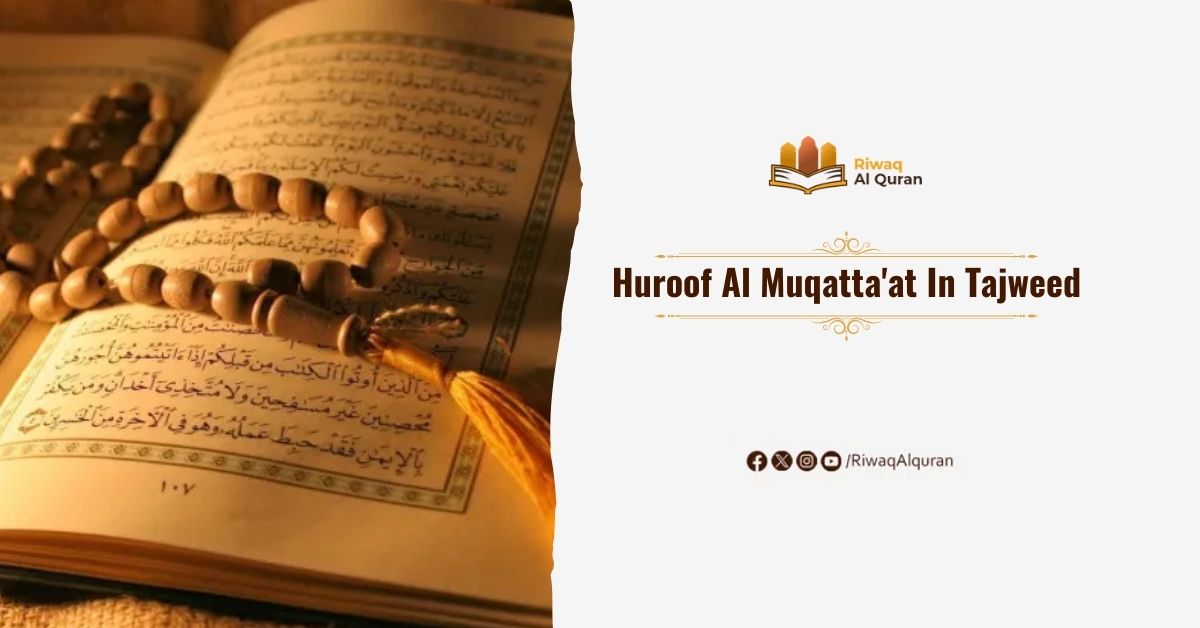



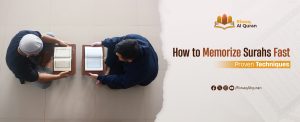





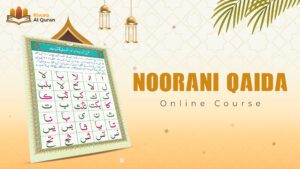









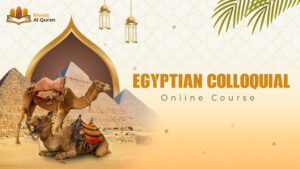

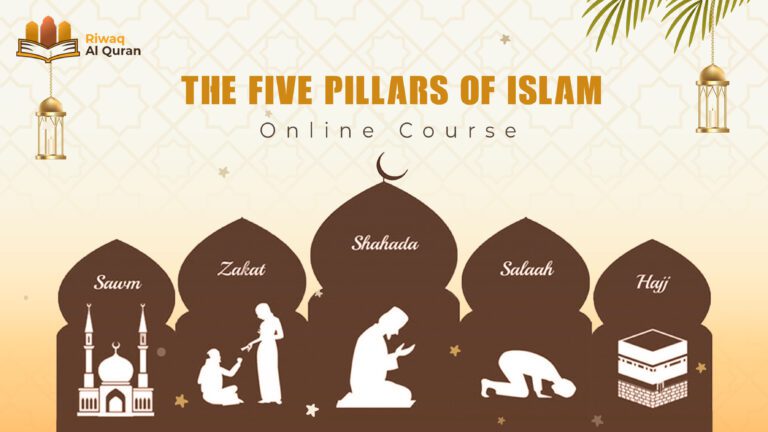
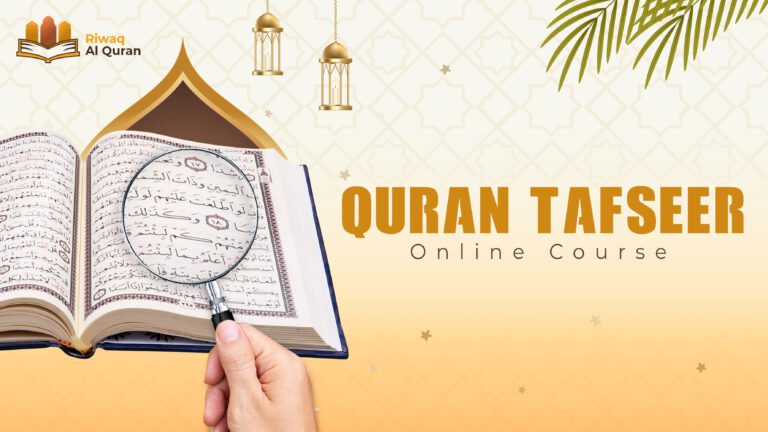



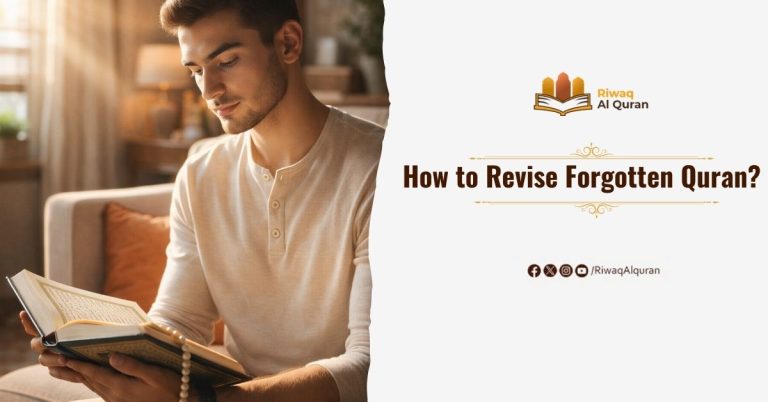
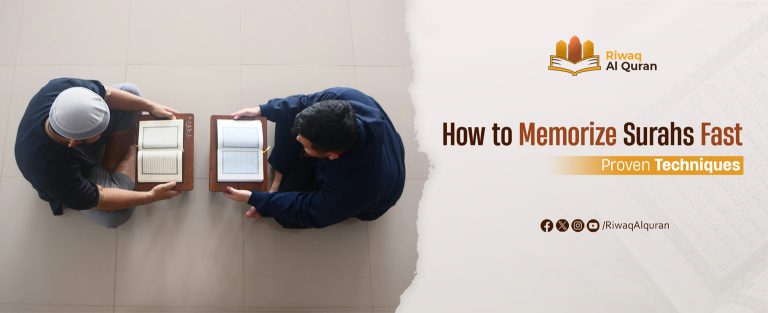

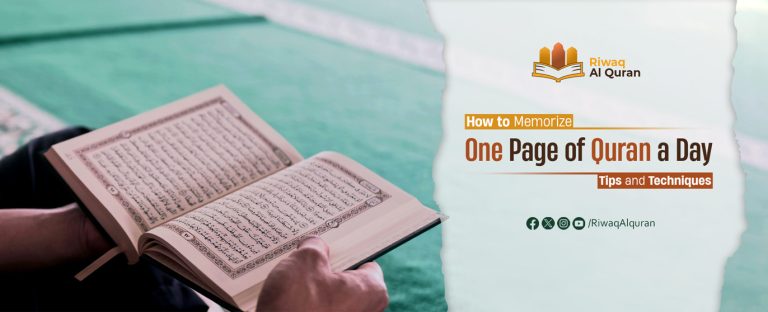
1 thought on “Huroof Al Muqatta’at In Tajweed – Full Guide”
Understanding Huroof Al Muqatta’at deepens our connection to Qur’anic recitation, and chapters like Surah Yasin remind us of the beauty, mystery, and divine wisdom behind every letter.